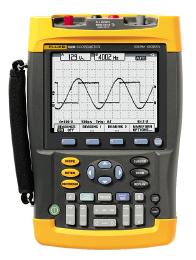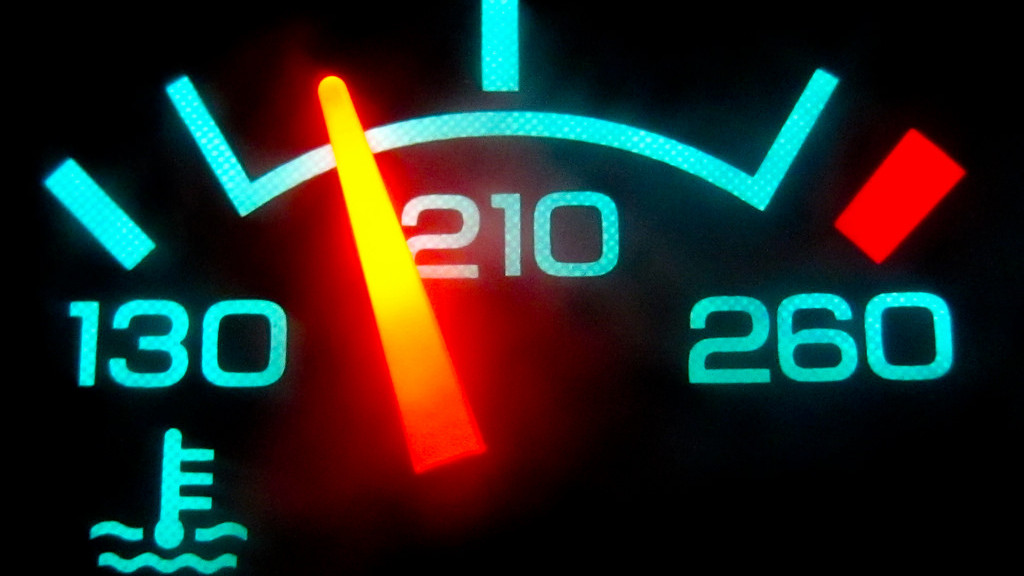Remember the good old days when you adjusted the carb or the vacuum break on the choke maybe bumped the timing up a toush. Now everything is electronic so you hook up a scanner or count light flashes to get a trouble code maybe use a lab scope to check burn time or KV of a plug wire if it has one or check a coil one for each cylinder.
I do think today’s engines run better with electronic controls. But getting a code is only the first step in repairing a problem. Code shows a bad MAP sensor so all you have to is replace the MAP sensor. WRONG it may be a leaking or plugged vacuum hose or a poor connection. When the counter guy says you need a MAP sensor to cure your problem remember it is his job to sell parts not to fix your problem.
Always use a trouble shooting tree to locate a problem and don’t skip a step because you kow it is OK or that never causes a problem. I have heard many a story from help lines that when they go there check list they find a skip was missed and that is the problem.

